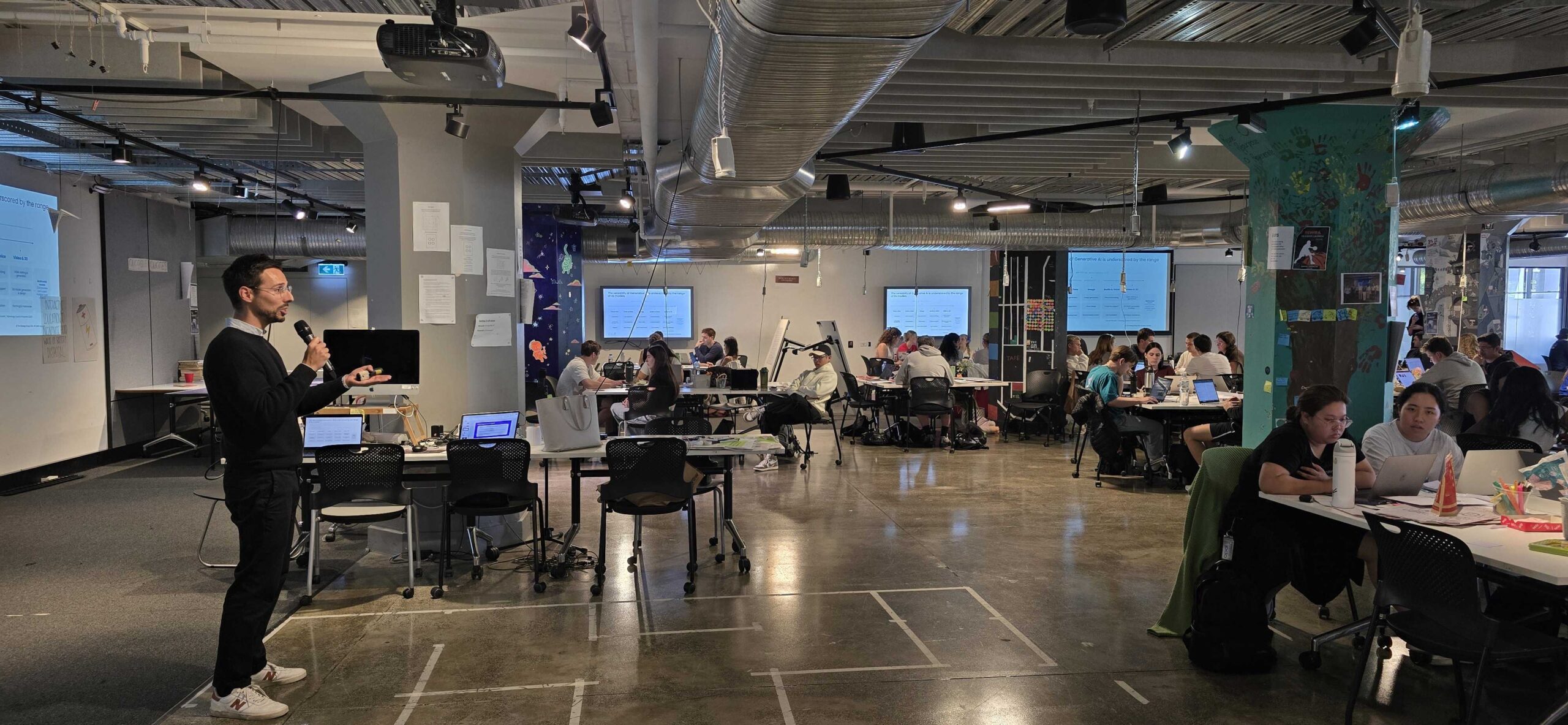There is a lot of what we call “Innovation Theatre” floating around. That is, innovation just for show, with no real outcome. Don’t be fooled by it. Below I examine what to be aware of in order to avoid Innovation Theatre, and what corporates can actually take and implement from startups.
The Startup Bandwagon
Corporate boards and executive teams are being pushed into ‘working with startups’.
They do not understand why they want to do this, or what the outcome will be. However, the Australian Financial Review is full of articles about startups raising funds, how startups are the next idea-generation machine, and corporates now feel compelled to ‘engage’ with them – somehow – to demonstrate that they are “connecting with the startup community”. Thus, a new slew of advisory firms has appeared, advocating that for a fee of $500,000 and upwards, they can “connect” the corporate to the startup community. In our view, this is a waste of money. First, the startup community is easily accessible. We are connected – we know what this community looks like. Second, if the corporate has an M&A (Mergers and Acquisitions) group, they will be familiar with acquisitions and/or partial investments. Our view is: use the $500,000+ as an actual investment in a startup, not on an advisory firm that is preying on the ignorance of organisations that can write big cheques.
Innovation To What End?
We see corporates looking to invest in Innovation before answering one very key question: Innovation for what? To what end? This is one of the fundamental questions we always ask our clients very early in the process. What does success look like from an Innovation program? What tangible outcomes do you want from the program? Innovation without a clear view of tangible business outcomes and knowledge transfer is, in our view, Innovation Theatre. Many people in corporates think that there are a bunch of entrepreneurs in the market just waiting to start a new venture around several challenging problems that the corporate faces. This is largely untrue. Startups already in progress have a vision of their own. Startups that form around someone else’s problems will largely fail due to lack of passion by the founders. More Innovation Theatre. Our view is that corporates can absolutely benefit from the startup community without engaging in Innovation Theatre. Let me tell you how.
What Corporates Can Learn From Startups
- Corporates are not startups but they can learn from startups. Methodologies such as The Lean Startup that come from the startup community are now being used more and more within the corporation, yes, right here in Australia. The learnings from these methodologies such as hypothesis validation, building MVPs (Minimum Viable Products), iterating, being frugal, de-risking business models, and ensuring that there is a robust business model are all extremely valuable for the corporation.
- Corporations should extend their ecosystem to include startups, VCs, and accelerators. This is not hard to do. The enormous rise in the number of Venture Capital funds over the past 12 months has meant that there is a surplus of funds and a significant growth in good deal flow, and many of these funds would be happy to co-invest with corporates. However, at the moment, the corporates don’t know how to find the funds, and vice-versa. We can assist with this at The Strategy Group.
- Form startups within the corporation to flesh-out opportunities. We have demonstrated that not only does the formation of startups within corporations result in tangible business benefits in a remarkably short period of time, it also delivers a changed way of thinking that at a personal level is exceptionally valuable.
- Get used to terminology such as spin-out and spin-in. A corporate spin-off, also known as a spin-out, or starburst, is where a company “splits off” a section as a separate business. A spin-in is where a corporate starts a seperate company with seed money and then re-aquires it. When opportunity knocks around new ideas and ventures, consider approaching these in a non-traditional way. It’s amazing what can transpire when one starts to think in these terms.
Keep broader goals in sight
Businesses wishing to innovate need to keep their goals in sight when planning an innovation strategy. This means avoiding cliches and ‘short-cuts’ to innovation (ping pong tables and bean bags), and instead focussing on elements such as business model transformation, testing hypotheses, and ensuring that there is actually a validated value proposition for their products and services. A well-planned innovation strategy integrating the relevant methods from startups and elsewhere is the foundation on which innovation is built. Extras such as a creative office space can be a welcome addition, but shouldn’t take centre stage.












